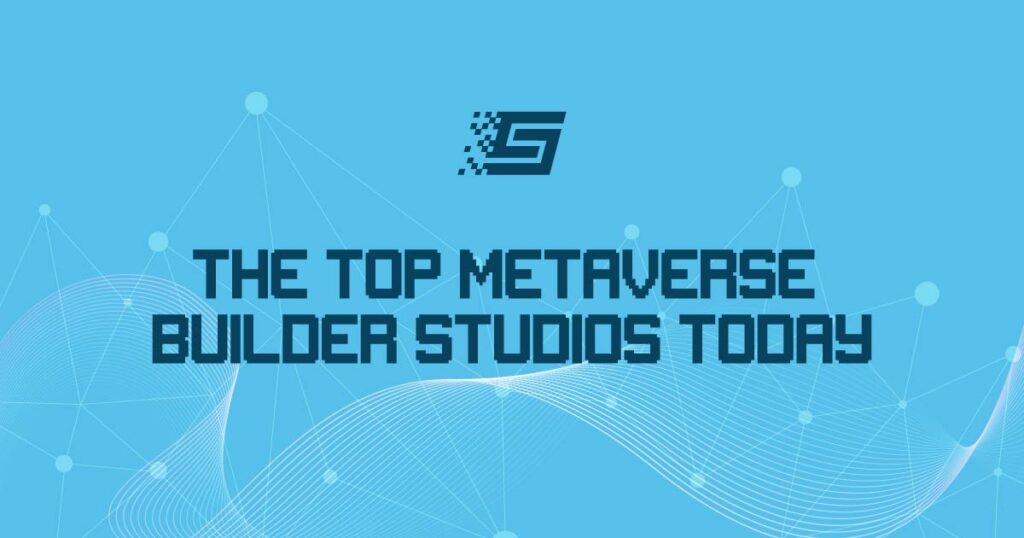Today’s Metaverse: Virtual Reality As The Digital Escape
Recreating Reality In The Metaverse
Virtual worlds are full of opportunities. But what happens if real-world problems become magnified in the metaverse?
When Neal Stephenson wrote the novel Snow Crash in 1992, the world got a taste of the digital universe. Predating NFTs (non-fungible tokens), the metaverse has been part of writing and entertainment for almost 30 years now. It is often depicted as a virtual escape from the limitations we have in our reality. The metaverse is seemingly a sound, logical next step looking ahead as a society.
By the facts that we spend a lot of our time online, our digital representations are already housed on social media platforms, and our reliance on online marketplaces to shop for leisure or necessity increases continually, it’s clear to see that most of the basic infrastructure for the metaverse is already here.
As projects, startups, and big firms alike begin to cash in on the metaverse trend, we should pause and ask ourselves: what risks does this pose?
Real Life Or Fantasy?
In South Korea, we’re now seeing rising property prices and socioeconomic inequality. Furthermore, the dismal career prospects due to the devastating impact of the COVID-19 pandemic haven’t helped matters.
Generation MZ is flocking to the metaverse, buying and selling pockets of land with real-world monetary value. It serves as a leveling force in societies where the odds aren’t necessarily fair.
Generation MZ is defined as the group of people that grew up in the age of digital connectivity. This group represents a combination of both millennials and Gen Zs alike. The new segment of society had to contend with the realities of an “untact” economy that preceding generations didn’t have. The “contactless” time we see ourselves adopting is befitting, considering social distancing measures due to the pandemic.
Untact is a concept used to describe a future where people will increasingly interact online. Companies will replace humans with machines to immunize themselves against the effects of rising wages. A rapidly aging workforce, along with the possibilities of human error, will also serve as catalysts for the change.
South Korea has already committed to becoming a leader in the developing technologies and infrastructures required for this increasingly untact new world. Its citizens are some of the world’s most dominant users of metaverse platforms. These include popular projects such as Earth 2 and Decentraland.
South Korea, as well as other markets like the Philippines – where citizens have flocked to virtual worlds such as Axie Infinity – show how the issue of persistent structural inequalities forces people to seek out new alternatives.
It may not be a dystopian present yet, but the catalyzing factors of virtual reality bear similarities to the trends we’ve seen with digital assets amid rising inflation, currency devaluation, and economic instability. People want to maximize their returns in the hopes of making the most gains possible.
Digital Divides
What inequalities could potentially arise when it comes to accessing the metaverse?
A lot has been said about Facebook’s foray into the space. Critics have been quick to highlight big tech’s entrance into these virtual worlds. They point out that it takes away from the core tenets of where the internet is already headed through web3 tech. The more decentralized, equitable online ecosystem – the metaverse – looks likely to become a further opportunity for big tech to leverage ever-growing swaths of user data for monetization purposes. This harkens back to the same issues of surveillance and accountability we see with web2.
The growing inequalities we’ve seen in terms of this digital divide might very well become magnified in the metaverse. Equal access to tools and infrastructures when engaging in immersive 3D landscapes will require not only a high level of computational power but also high-speed, persistent internet and top-of-the-range headsets. Similarly, with advertising playing a key role in funding “closed” or corporate-backed metaverses, will inequality arise from who can afford ad-free versions of the metaverse or whose avatar is of better quality? Don’t we risk creating a new divide between haves and accessibility?
With so many aspects of life now lived in the online world, from education to careers or even dating, leveling these infrastructural access points for the metaverse will be critical.
Into The Matrix
The French philosopher and sociologist Jean Baudrillard coined the term hyperreality. This is the state in which reality and simulation are interwoven. In the future, we may experience it to the extent that we lose sight of the distinctions between the two. Baudrillard argues that eventually, the simulated world will matter more than the real world. He comes to the conclusion that it will become the site from which all meaning and value come.
Much like Generation MZ, who have now found that they can achieve a whole lot of satisfaction by flipping virtual real estate in Decentraland, will we see a state in which we’ll only ever want to emerge ourselves in this new realm?
Eventually, if it transpires that the metaverse simply becomes reality in itself, what do we want it based on? If we look to Stephenson’s Snow Crash as a cautionary tale, we end up with the rise of city-states governed by the interests of big businesses. Inequality ultimately prevails in this scenario. The metaverse instead gives us a virtual escape and an idealistic distraction from reality.
The blockchain ecosystem, coupled with programmers and UX designers, has an opportunity to create something great. Empowered by the ideology of decentralization, we can develop a metaverse that is accessible, fair, and beneficial to all. Let’s not waste the opportunity.


